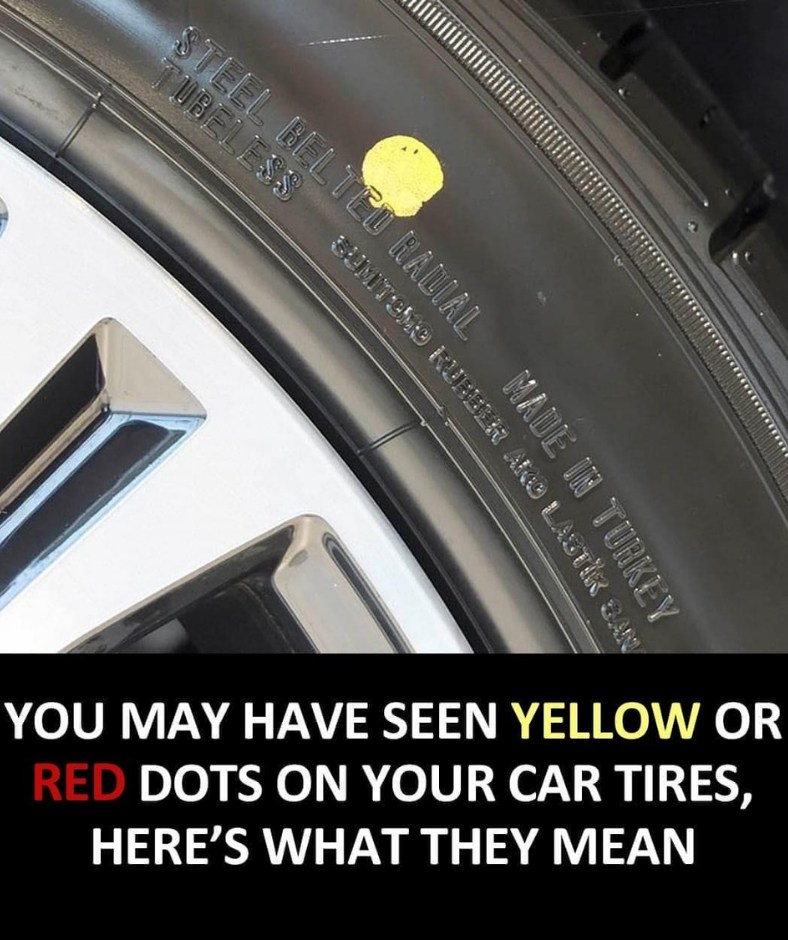ADVERTISEMENT
Another marking to look out for is a white dot, which seemingly has a more confusing role. These white, yellow, or red dots on your tires aren’t mandatory, and their uses vary among different tire manufacturers, making their meaning less clear.
Similar to life, it’s important for overall safety and wellbeing to achieve balance. Balanced tires are just one of many crucial elements to ensuring road safety, as they help the vehicle handle and perform at its best.
Many things can cause a tire to become unbalanced, such as over-inflation, under-inflation, age, and wear and tear. Even a car that has been stationary for an extended period of time or has hit a pothole or curb can experience unbalanced or flattened tires.

To maintain balanced tires, it’s essential to check the tire pressure regularly and have the wheels rotated around every 5,000 to 8,000 miles, or as recommended by the tire manufacturer.
While some people may not have paid much attention to these tire markings, they play a vital role in helping to maintain a safe driving environment for everyone on the road. Understanding the meaning behind the colored dots can help drivers take proactive steps to ensure their tires are properly balanced and their vehicles are operating at their safest.
The colored dots on your tires may seem like a minor detail, but they hold the key to maintaining the safety and performance of your vehicle. By understanding the significance of red, yellow, and white dots, drivers can take a more proactive approach to tire maintenance and contribute to a safer driving experience for themselves and others on the road.
ADVERTISEMENT
